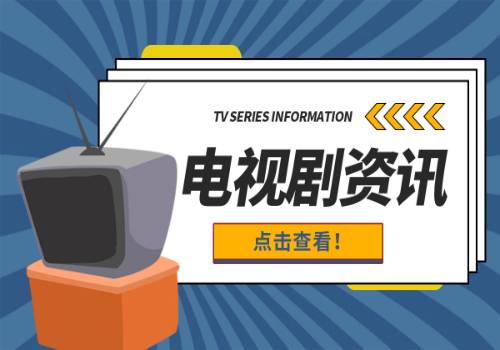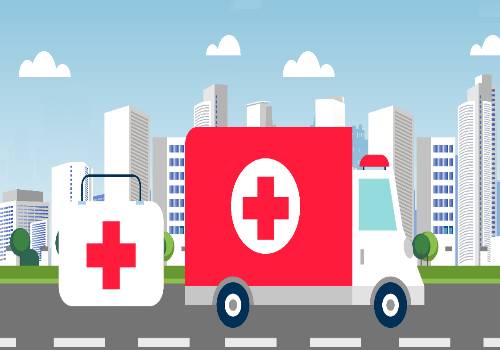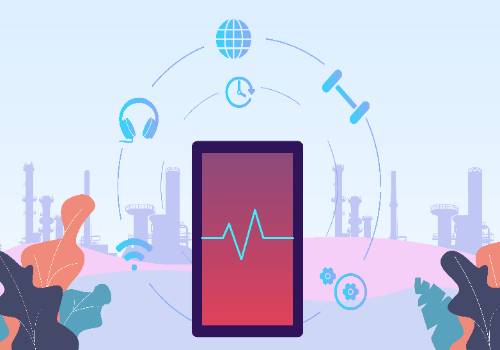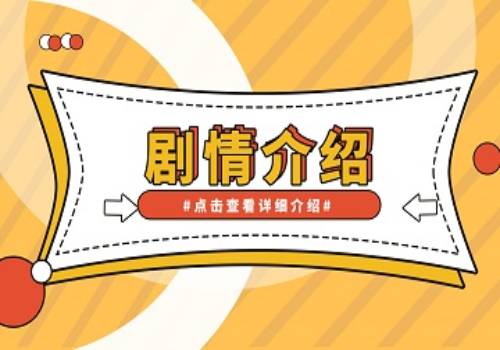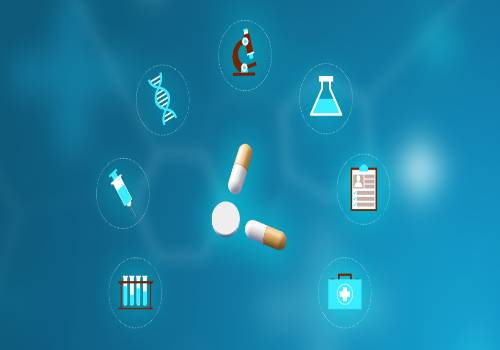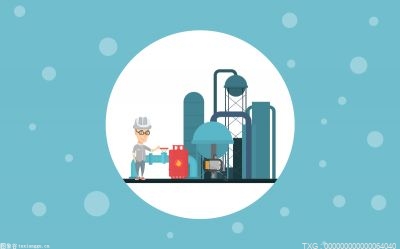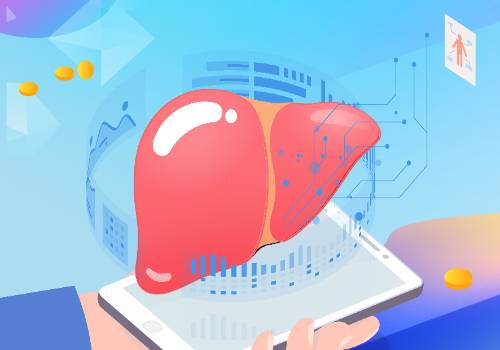AAR(美国铁路协会)对白宫关于减少货运部门温室气体排放的蓝图作出回应
 (相关资料图)
(相关资料图)
美国铁路协会概述了联邦政府与美国货运铁路行业合作的八种方式,以减少货运部门的温室气体排放,"有效地应对气候变化"。
AAR周二发布的新文件,是在政府估计计算出到2040年货运总需求预计将增长30%的情况下发布的。同时,拜登政府在一月份主张利用货运铁路作为实现脱碳的途径,因为按吨位里程计算,铁路占美国货运的大约28%,但只占美国运输总排放量的2%,根据AAR引用拜登的蓝图。
"如果铁路运输的货物转移我们最大的卡车运输量的10%,温室气体排放量每年将减少2000多万吨。这就像从高速公路上移走400万辆汽车或种植3亿棵树,"AAR的报告说。
货运铁路行业和联邦资源可以合作的八种方式是:
通过铁路和铁路制造商与联邦政府之间的合作,支持低排放和零排放的机车研究,以及继续为先进的研究提供联邦资金。
通过继续支持短线铁路的资本赠款项目以及机车制造商和铁路供应商的赠款和贷款项目,帮助铁路合作伙伴实现脱碳。
当机车技术在商业上可行,并且操作上安全可靠时,允许铁路公司将其机车车队过渡到零排放技术。AAR说,这包括不对铁路行业的减排施加规定性的手段。
推行将铁路视为低碳交通解决方案的政策,包括实施考虑车辆重量的车辆行驶里程费。
使铁路公司能够做出运营决策,使承运人能够最大限度地利用燃料和货运需求,包括选择不对列车长度进行限制,铁路公司说这可以提高燃料效率,并最终通过运营减少排放。
通过优先考虑替代燃料的供应和支持扩大电池、氢气、生物柴油和可再生柴油的供应、提高其性能和降低其成本的计划,促进基础广泛的、经济范围内的向净零排放过渡。
通过促进创新和允许简化豁免审查的机会,鼓励测试新的安全技术,鼓励试点项目和建立基于性能的阈值。
拥抱许可改革,鼓励对环境影响进行及时、重点审查。
AAR说,还可以通过对机车以及交换机车、起重机和服务卡车等货场设备的战略性和针对性投资来实现减排。据该贸易集团称,还可以开发和安装燃料管理和网络优化系统,以确保燃料效率,同时也提高网络的流动性。还可以开展工作,开发更符合空气动力学、高强度和更轻量级的钢制轨道车。
"减少排放的需要不仅是一个环境问题;也是一个经济问题,"AAR总裁兼首席执行官Ian Jefferies在新报告的发布中说。"这一点从未像现在这样明确。政策制定者必须与私营部门合作,推进务实的、以解决方案为导向的政策,支持立即减排并鼓励长期的、可持续的解决方案。作为陆地上最有效的货运方式,铁路是推动进一步收益的重要合作伙伴。"
Freight rail trade group urges federal collaboration to reduce GHGs
AAR responds to White House blueprint to reduce greenhouse gas emissions from freight transport sector
The Association of American Railroads has outlined eight ways that the federal government can work with the U.S. freight rail industry to reduce greenhouse gas emissions from the freight transportation sector and “effectively combat climate change.”
AAR’s new paper, released Tuesday, comes as government estimates calculate that total freight demand is anticipated to grow by 30% by 2040. Meanwhile, the Biden administration in January advocated using freight rail as a path toward decarbonization because rail makes up approximately 28% of U.S. freight movement by ton-miles but only accounts for about 2% of total U.S. transportation emissions, according to AAR, quoting Biden’s blueprint.
“If rail moved 10% of the freight shipped by our largest trucks, GHG emissions would fall by more than 20 million tons annually. That’s like taking four million cars off the highways or planting 300 million trees,” AAR’s report said.
The eight ways that the freight rail industry and federal resources can work together are:
Supporting low- and zero-emission locomotive research through partnerships between railroads and rail manufacturers and the federal government, as well as continued federal funding for advanced research.
Helping railroad partners decarbonize through continued support of capital grant programs for short-line railroads and grant and loan programs for locomotive manufacturers and rail suppliers.
Allowing railroads to transition their locomotive fleets to zero-emission technologies when those technologies are commercially viable as well as operationally safe and reliable. This includes not imposing prescriptive means for reducing emissions in the rail industry, AAR said.
Pursuing policies that see rail as a low-carbon transportation solution, including implementing a vehicle miles traveled fee that considers vehicle weight.
Enabling railroads to make operational decisions that allow carriers to maximize fuel usage and freight demand, including opting not to impose restrictions on train lengths, which the railroads say improves fuel efficiency and ultimately reduces emissions through operations.
Promoting a broad-based, economywide transition to net-zero emissions by prioritizing the availability of alternative fuels and supporting programs that expand the availability, enhance the performance and lower the costs of batteries, hydrogen, biodiesel and renewable diesel.
Encouraging testing of new safety technologies through promoting innovation and allowing for opportunities to streamline waiver reviews, encourage pilot programs and establish performance-based thresholds.
Embracing permitting reform that encourages timely, focused reviews of environmental impacts.
Emissions reductions can also be met through strategic and targeted investments in locomotives as well as yard equipment such as switcher locomotives, cranes and service trucks, AAR said. Fuel management and network optimization systems can also be developed and installed to ensure fuel efficiency while also improving network fluidity, according to the trade group. Work can also be done to develop more aerodynamic, high-strength and lighter-weight steel rail cars.
“The need to reduce emissions is not only an environmental issue; it’s an economic issue,” AAR President and CEO Ian Jefferies said in a release for the new report. “This has never been more clear. Policymakers must engage in partnership with the private sector to advance pragmatic, solutions-oriented policies that support immediate emissions reductions and encourage longer-term, sustainable solutions. As the most efficient way to move freight over land, rail is a critical partner in driving further gains.”


